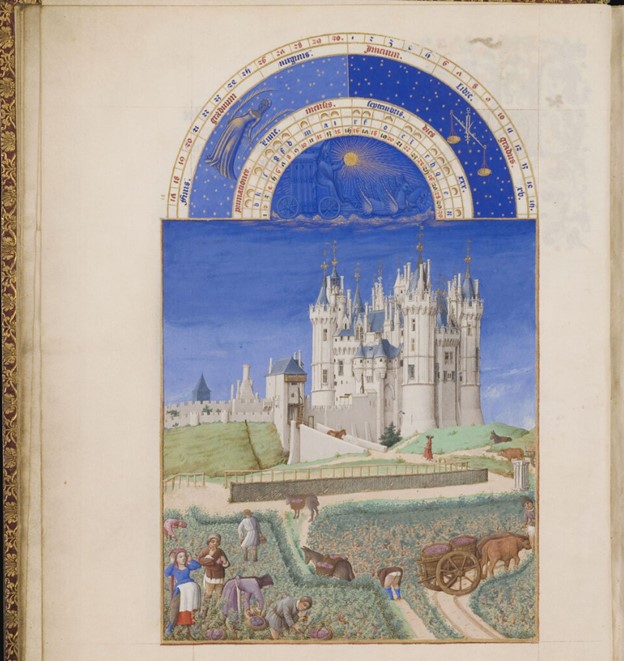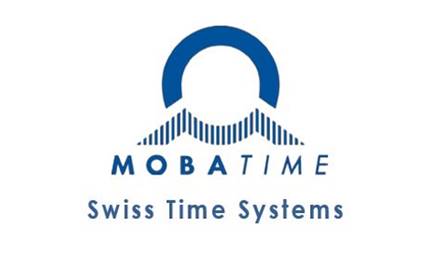As a reader of the New York Times, both print and digital, we have been educated and entertained with the Close Read series; best experienced digitally as they are always very visually beautiful and intriguing.

Last week’s edition by Jason Farago is truly mesmerizing, and read in the same afternoon as Margaret Renkl’s “Long Live the Fireflies” is evocative of another, increasingly distant, time. “Searching for Lost Time in the World’s Most Beautiful Calendar” is primarily about the the Très Riches Heures du Duc de Berry, as it’s known, a book of hours created by three artists of Flanders, Belgium: the brothers Herman, Johan and Paul Limburg. Its 206 pages, made of sheets of fine calfskin are intricately decorated with colorful and beguiling illustrations.
The New York Time’s interactive piece gives you a close look at the devotional calendar book as well the historical, theological, scientific, and social environments that have created our sense of time. The author shows and tells how the calendar sought to reconcile, or sychronize, cyclical and linear time. The calendar, along with clocks (and computers and phones, etc.), seeks to make time tangible.
Cyclical time is tied to the seasons, to astrology, and to the lived days of our lives. Linear time, or time as an arrow, with a beginning and an end, is tied to the sun. And even though it is heliocentric, it is so interesting that this sense of a timeline, of history, of the future, of our lives, originated with monotheism. In the beginning, there was … a beginning, a set point in time.
The Très Riches Heures is a 15th century manuscript, measuring approximately 8″ x 11″ with a red morocco binding and featuring 66 large and 65 small” illuminations”, or color illustrations. It was commissioned in 1411 by Jean 1, Duke of Berry, and after the three brothers Limburg reached the end of their time on earth in 1416, other illuminators worked in turn on this manuscript. It’s truly a treasure of Gothic art with contemporary and ancient influences of French, Italian, Flemish, Asian origin.
From the time is was acquired by the Duke of Aumale in 1856, it has been an icon of the Middle Ages. It now resides at the Château de Chantilly, an historic French château located in the town of Chantilly, Oise, about 50 kilometres (30 miles) north of Paris, France. It was bequeathed to the Institut de France and has been open to the public since 1988.

